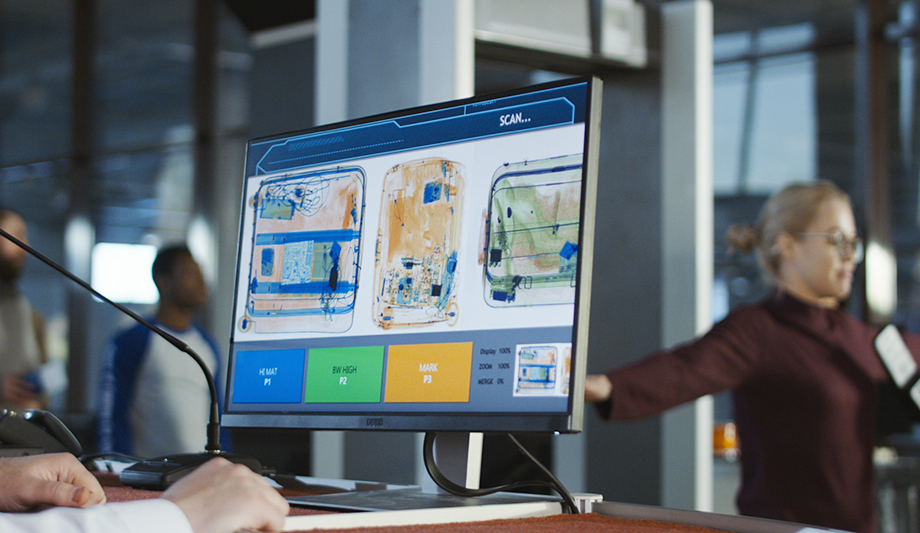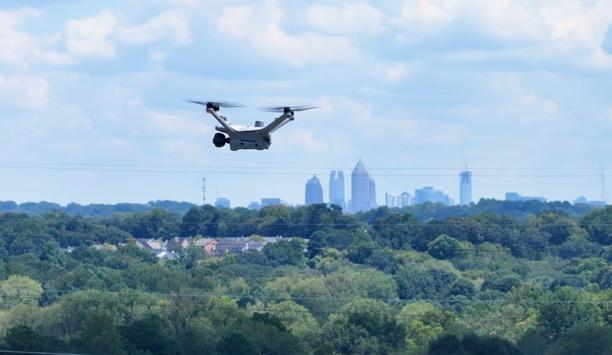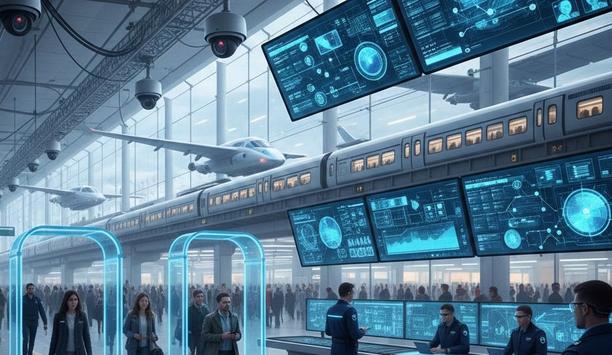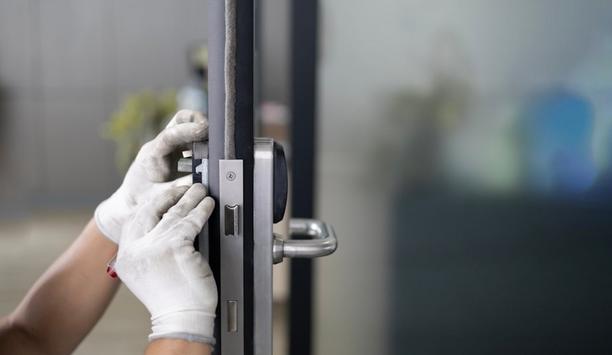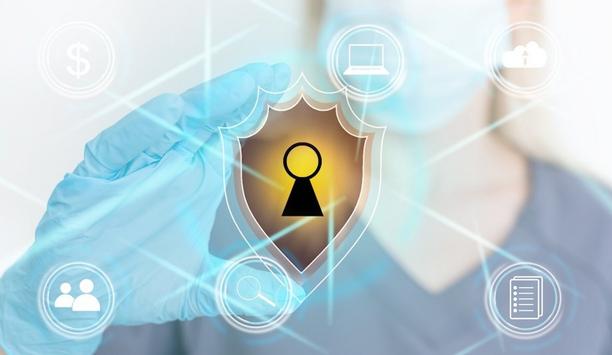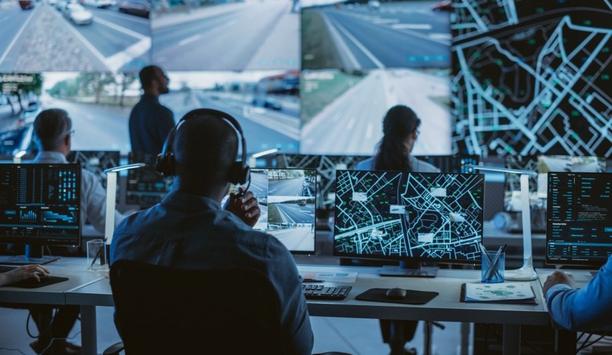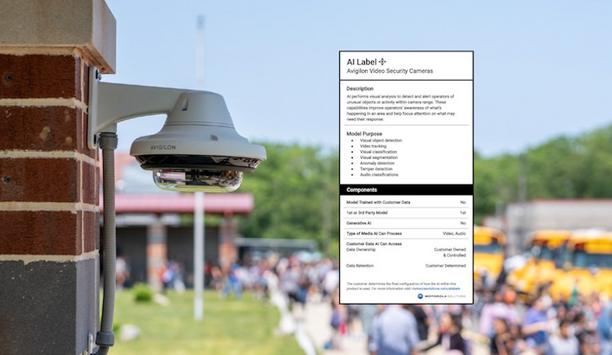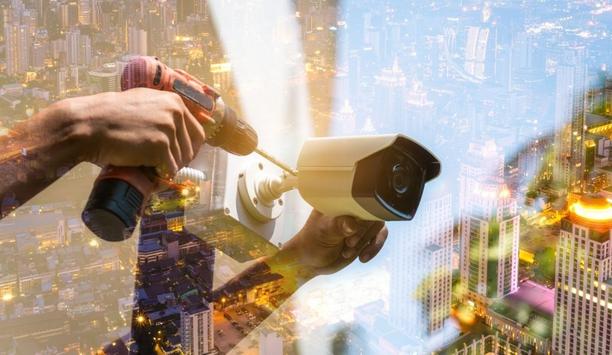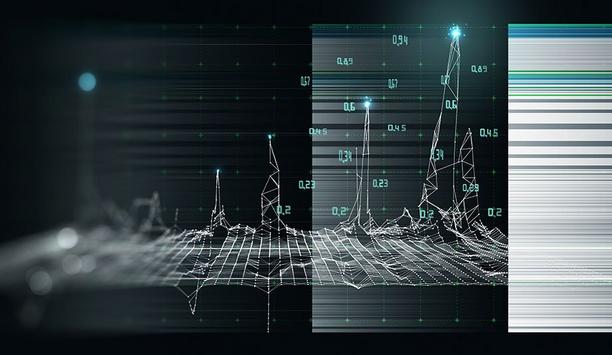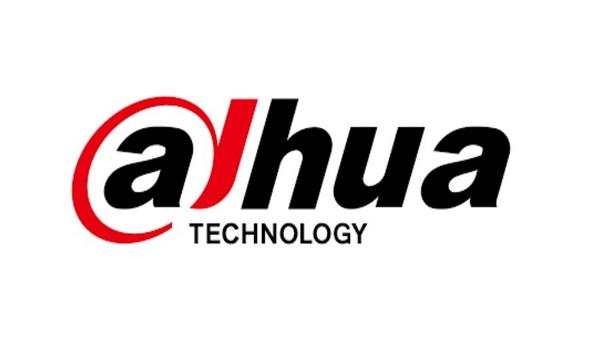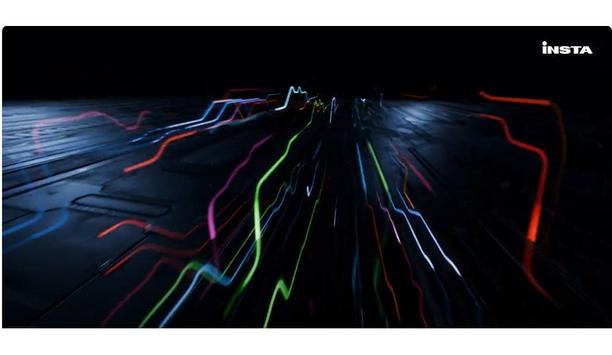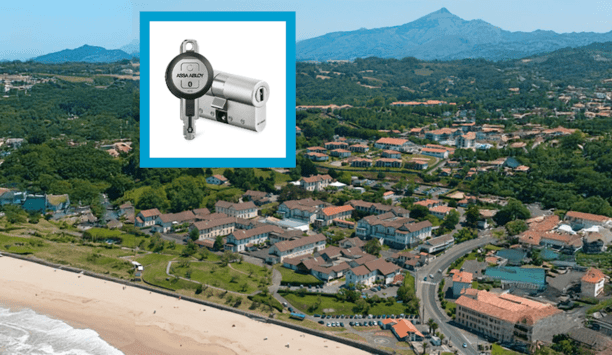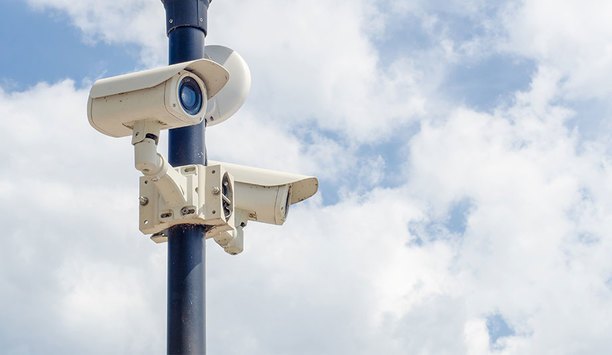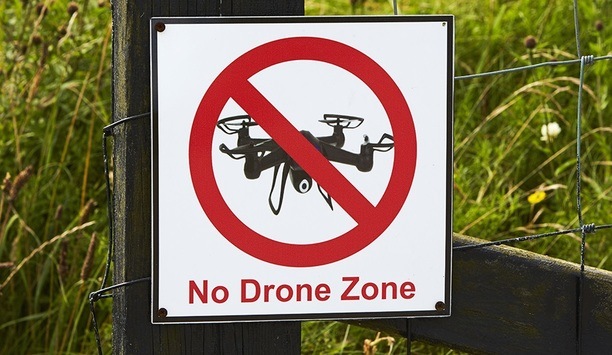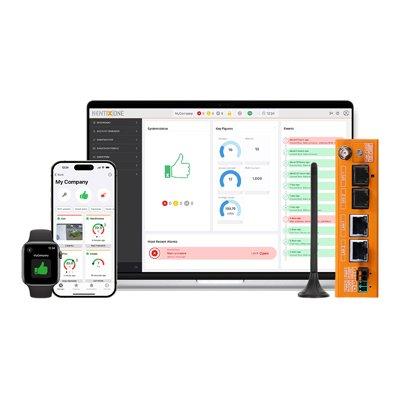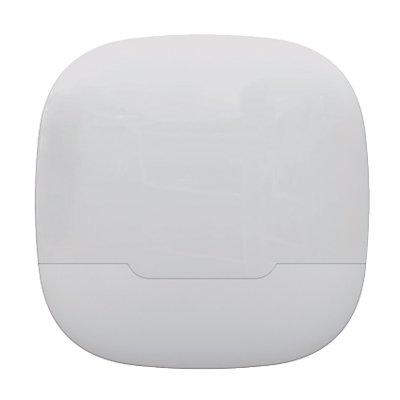Using computed tomography (CT) security technology for cabin baggage screening at airports can eliminate the need for passengers to remove liquids and laptops from their bags, thus helping to make the security process easier and more efficient. As the latest in checkpoint scanning technology, CT provides 3D images with much more information to improve threat detection capabilities so decisions by the operator can be resolved quickly and more accurately, without the need for manual search. The whole experience is better and safer for everyone.
The use of computed tomography
The Netherlands were the first to introduce CT at the checkpoint and the Transportation Security Administration (TSA) in the United States plans to install 145 units in its airports by the end of the year. Australia is already installing and using CT at some of its airports. The United Kingdom is the first country to mandate use of CT for screening cabin baggage, and it is expected that the EU will also mandate this type of technology in the near future.
It is expected that the EU will also mandate this type of technology in the near future
The process of deploying CT is another level in the evolution of passenger screening and aviation security. Since 9/11, the traveling public has become increasingly educated about aviation security, says Steve Revell, Senior Director of Aviation CT at Rapiscan Systems. “What passengers expect is courtesy, professionalism and, most of all, to be able to travel safely without fear of harm,” he says. “Each level of security we have seen introduced over the years, I believe, shows commitment from all stakeholders to meet these key deliverables.”
Rapiscan Systems' 920CT
Rapiscan Systems' 3D cabin baggage screening system, 920CT, utilizes patented Dual-Energy technology and a sophisticated algorithm to provide the highest level of automatic detection of highly dense items, as well as automatic detection of explosives based on the most stringent global regulatory requirement. It also has a truck wheel design and contactless power and data transfer, both of which reduce maintenance costs and downtime and make the 920CT more efficient and robust.
 |
| Rapiscan's 920CT provides the highest level of automatic detection |
Rapiscan’s 920CT is equipped with advanced software and detection algorithms that are designed to be upgradeable. With 3D volumetric imaging, the 920CT is superior to 2D systems as it provides improved visualization of potential threats. It has also been engineered to integrate seamlessly with Rapiscan’s TRS tray return solution to create a more efficient checkpoint experience, for both passengers and staff.
“As a manufacturer, we strive to provide the very best quality service and equipment we can – working closely with regulators and airports alike to ensure the evolution and expansion of air travel is both collectively understood and fit for purpose,” says Revell.
Portfolios and partnerships
Rapiscan has a wide portfolio of products and capabilities. However, one company cannot do it all. “For this reason, we will always look to best-of-breed technologies that complement our offerings and provide a cohesive solution and, more importantly, long-term partnership,” says Revell. “The partnership deliverable is what drives the future. Our mission is one of an open platform that invites other technologies to work in conjunction with ours and integrate in such a way that can provide meaningful reports and controls systems to our clients, driving core efficiencies and security enhancements.”
Our mission is one of an open platform that invites other technologies to work in conjunction with ours
“The efforts borne by each of the key stakeholders is done for one very important and aligned reason, to ensure to the very best of our abilities that passenger safety is put first, is always put first and is done in the most courteous, professional way possible, without any undue inconvenience,” he adds.
Increasingly, airports are asking for suppliers’ systems to talk to each other. Many airports have security screening equipment from multiple manufacturers and want to put images from these into a single, searchable database, to track missing items, improve productivity and efficiency, or comply with regulations. The Digital Imaging and Communication for Security (DICOS) is an industry standard that defines an interoperable data format for integration of security screening technologies across multiple vendor platforms. It facilitates the development and use of improved security screening technologies and third-party software. Rapiscan’s 920CT supports DICOS, and the company is working with multiple vendors to help create a single platform for airports.
